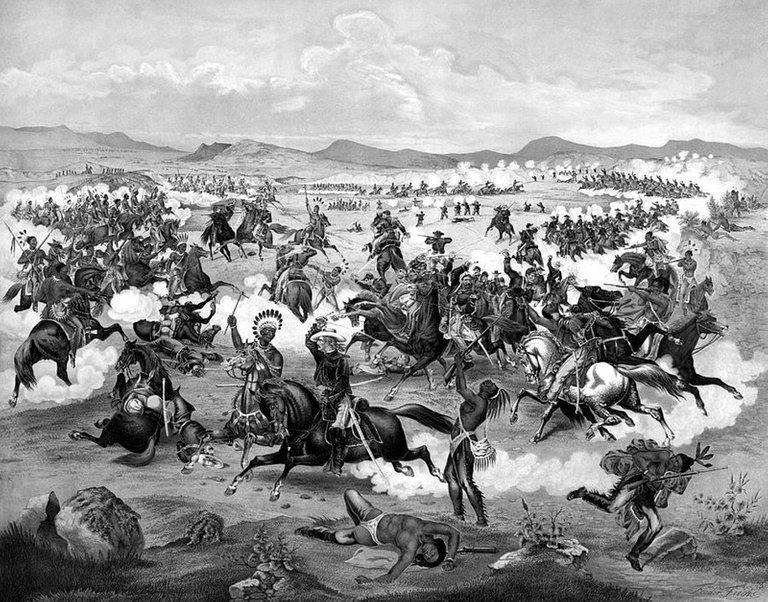
In the same Westerns, the American army has always emerged victorious in any clashes with the Indians. In fairness, it must be said that quite often that was the case. But not always.
One of the biggest defeats happened in the summer of 1876, when the combined forces of Lakota and the northern Cheyenne came out against the seventh Cavalry regiment of the United States Army. This battle became known as the Battle of Little Bighorn. The forces of the parties were initially not equal, the Indians were almost three times as many: 650 soldiers against almost 2000 Indians. The famous commander George Custer was not helped even by heavy artillery. For several hours the terrible bloody battle continued, which resulted in the confident victory of the Indians.
The scalps were not started by Indians
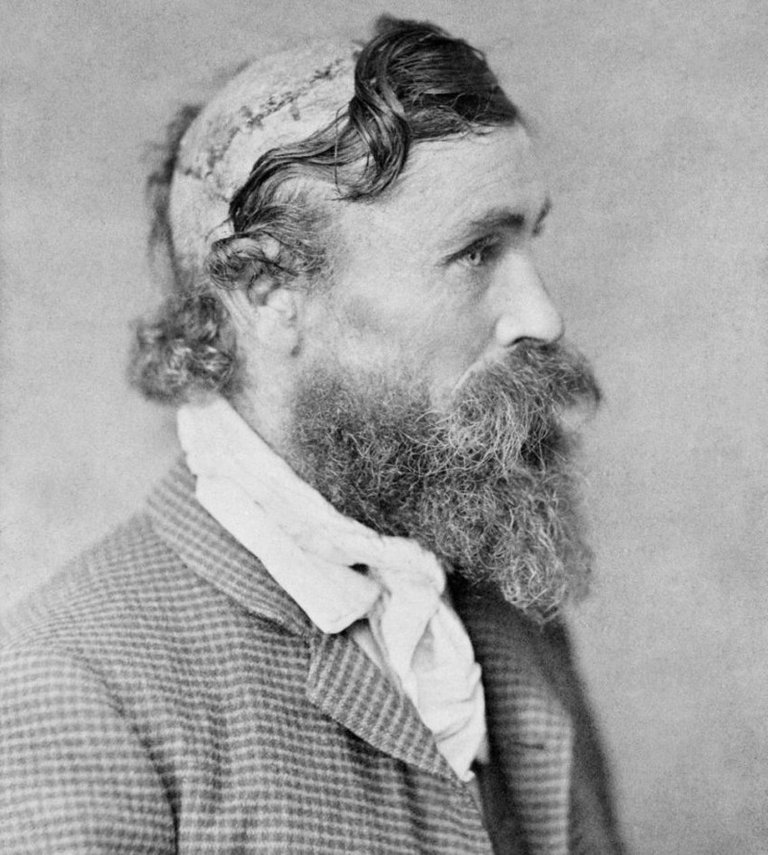
Among the Indians, not all the tribes were engaged in scalping. For example, the Indians of the Canadian northwest and the entire Pacific coast never took scalps. Especially practiced is the custom of the tribes of the eastern forests of North America, where the scalp was primarily a symbol of military valor. It is believed that according to the beliefs of the Indians, scalp removal with a defeated weapon, and scalping was convinced that removing the scalp from the enemy, he takes from him the "universal magical life force" that was in the hair. And the more scalps the enemy brought an Indian warrior, the more he was respected in his tribe. But not everywhere it was just like that. For example, among the tribes of the Great Plains, the scalping of the enemy was not considered as an outstanding feat, as a touch in a battle to a living or dead enemy - that is, to perform the ritual "ku".
Europeans made scalping a way of commercial stimulation of Indians and whites, for service for one or another belligerent side. The scalp could be turned into money, exchanged for weapons and necessary goods. He quickly lost his sacred meaning, turning into a "change of coin." At this time, scalping has become widespread and reached almost industrial scale. Dutch, and then the British government began to award a reward for the scalps, that is, for the killed Indians.
Nice people never put on jeans
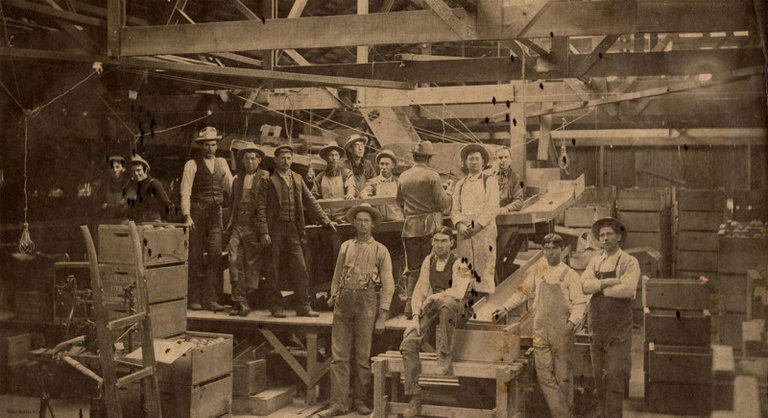
Today it will sound pretty funny, but in the middle of the XIX century, no decent man would allow himself to appear in public in jeans. Then they were worn only by cowboys, gold diggers and slaves. Jeans appeared as cheap, practical work clothes for work on plantations in the south of the Caribbean. From there they later came to the southern states of the United States, and then dispersed throughout the country. And the first samples of jeans were white. Painting them began only after.
The cowboys had a very peculiar code of honor
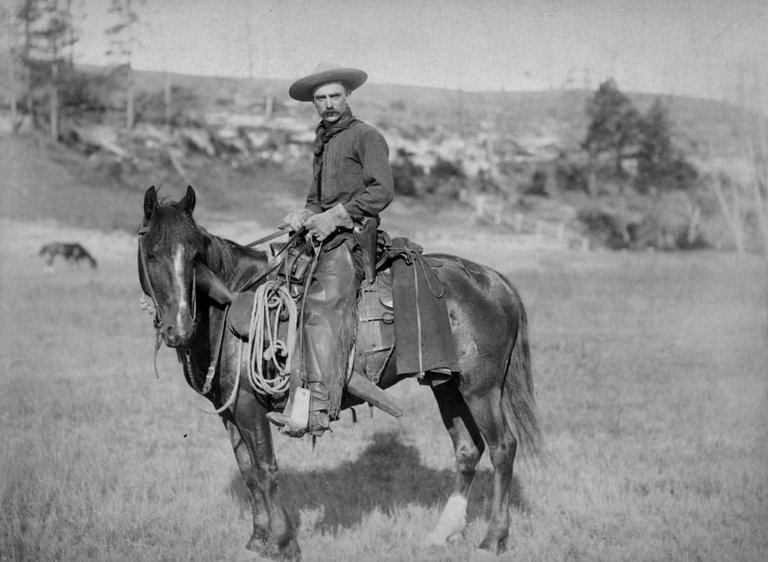
As we have already found out, these cowboys do not have anything in common with the way they created for them in western movies. Cowboys were a fairly poor class of population. Most often they worked for hire on other people's ranches and pastures, even without their own horse. And yet, the cowboys had their own code of honor, which all the representatives of this profession tried to observe. In particular, in this code it was strictly forbidden to shoot at an unarmed man and it was absolutely never allowed to shoot a woman. Cowboy never had put on on someone else's hat, and even no driving on a foreign horse and at all equated to having sex with someone else's wife. The horse thief was allowed to hang without any hesitation and conscience, and after leaving the city after a stormy weekend it was possible to shoot a revolver in the air and screaming madly. It was called "honor" the city.
Some of the pioneers had to eat people
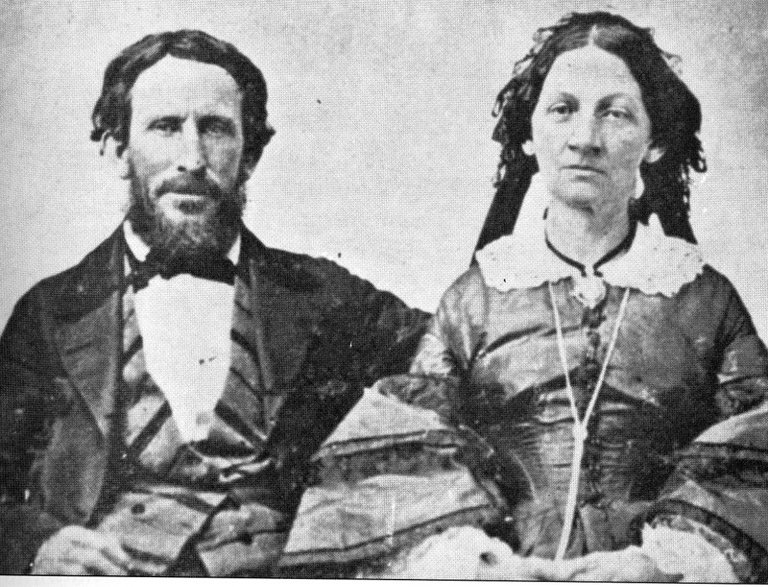
A "black" satire in the title. In fact, no "party" there, of course, was not, and in general it was not fun. Doner's party or in the original Donner Party is a terrible story that happened to a group of American pioneers who went on a train along one of the famous trails to California in May 1846. The usual trip to the west thus in those days took from 4 to 6 months. But the group led by George Donner and James Reed took a new, longer route through dangerous mountain ranges. It was there, in the Sierra Nevada mountains, due to a series of failures, mistakes and breakdowns of the train, the group had to stay and spend the winter of 1846-1847. 87 people trapped in the mountains, 4 long months trying to survive and wait for salvation. Only 48 of them managed to do this. Some members of the group had to eat their dead comrades in order to survive.
Bison killed millions

The eerie uncontrolled mass bison hunting that began in the 1830s and nearly led to the complete extinction of this species of animals throughout North America. Traditionally, bison was one of the most important animals, ensuring the survival of many Indian tribes. The Indians hunted them for food, clothing, dwellings, tools and utensils. But they have always killed as much as they need to satisfy their vital needs. But the white American hunters and railway companies began the predatory extermination of bison, mainly for the skins to supply the army and send them to Europe. If in the early 1800s about 200,000 bisons were killed per year, between 1870 and 1875 approximately 2.5 million bisons were killed each year. As a result, the number of bison fell from 30 million in 1800 to less than a thousand by the end of the century.
Due to the extermination of bison, the number of Indians has greatly decreased
Previous part
I hope it was interesting for you to read. They found out who and why.
Thank you for attention!
This is one awesome post,thank you for sharing with us, this is realy incredible and I hope that you will continue to make a posts.Thank you.
Here is reading for 5 minutes, and you read it in a minute. Something is wrong here!
No I read this for a minute because this is realy interesting,thank's.and I read fast hah
ok))
@armitaj
Beautiful writeup!Thanks for sharing.